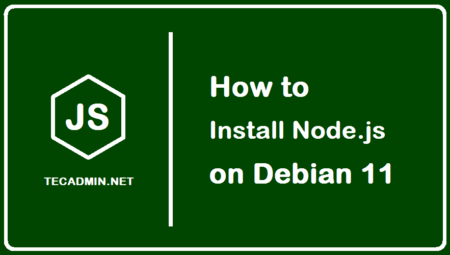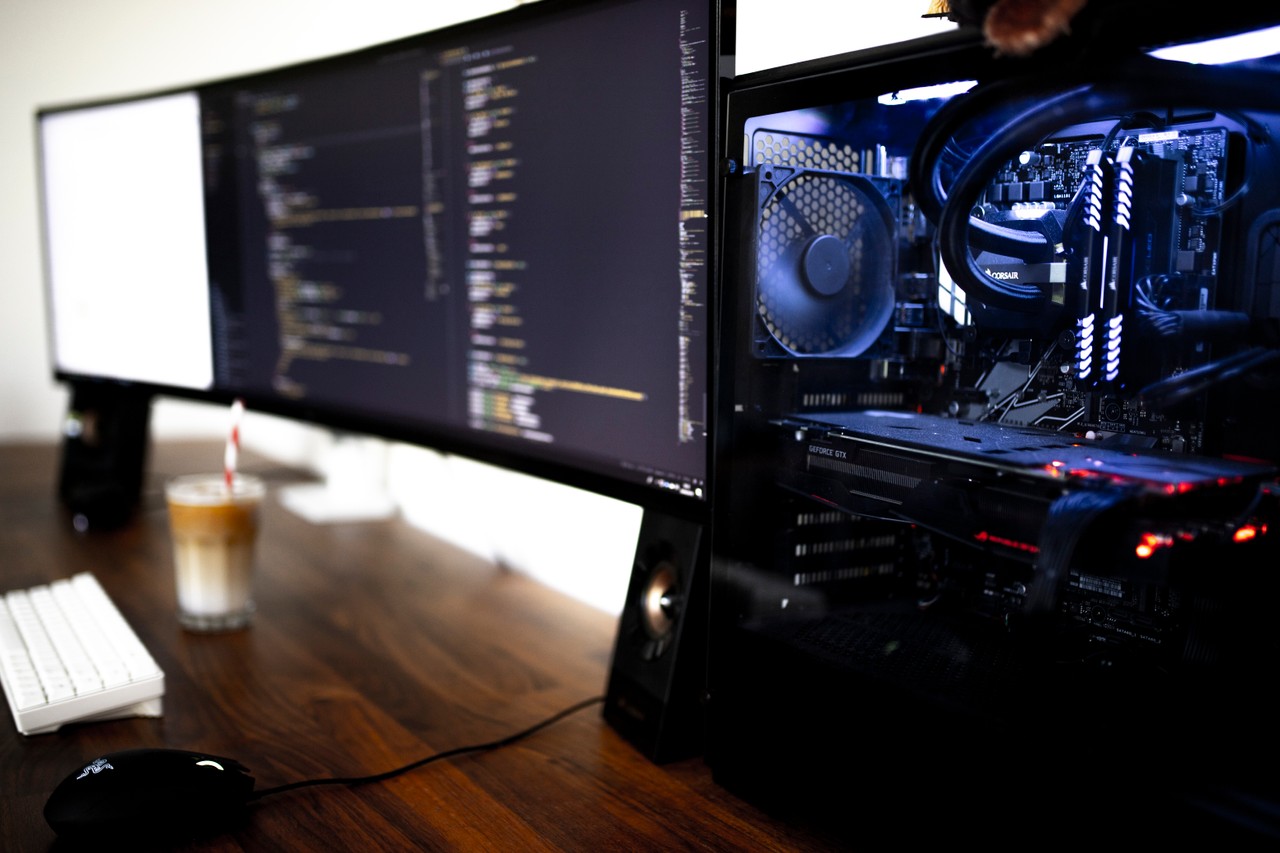

It is hard to remember the version of Node.js that a project depends on - smash the version into. My most frequently used commands are: install, uninstall, list and use. nvm install nodeīe curious and explore more nvm commands on an official nvm documentation. Thats the way to install the latest version of Node.js. Installation is straightforward - you can use a simple bash script or brew (my preferred way).
NVM INSTALL NODE 4.1.1 WINDOWS
Although it is available for macOS and Linux only, Node.js version manager for Windows exists (ironically it is written in Go). Node Version Manager is a simple bash CLI that allows you to install multiple Node.js versions and switch between them using simple commands. Although they allow you to manage versions too, in Node.js you should use… NVM (Node Version Manager) #
NVM INSTALL NODE 4.1.1 SOFTWARE
brew install nodeĬLI tools like that allow you to install / uninstall software in no time and never again be bothered by insufficient permissions. Both of these package managers allow you to install Node.js with ease. Windows users can find an alternative like Chocolatey. “Homebrew - the best friend of the macOS user” explains why I love this tool so much.

I published “Fix privileges and never again use sudo with npm” with some solutions for this issue, but you better check “Resolving EACCES permissions errors when installing packages globally” on official documentation or follow this article. Another (worst) issue with this method is the fact that it requires admin permissions ( sudo) to install package globally. It locks you to a particular version - it may not be a big issue on day one but it can be in the long run if you are willing to jump between projects that depend on different versions. Installation itself is very straight forward - next, next, next, done.ĭespite the fact it is the easiest way of installing it, it comes with many disadvantages.
NVM INSTALL NODE 4.1.1 DOWNLOAD
The easiest and most obvious way is to download a pre-built installer for your platform from the Node.js downloads page. There is plenty of ways to install it on your operating system and I am about to show you the most popular methods and highlight pros and cons of each of them. No matter if you are working on backend or are in the frontend camp, Node.js is getting more popular day by day and you may need to install it at some point. RUN source $NVM_DIR/nvm.sh \ & nvm -version works as well.Install Node.js - installer vs. Just curious, is that sub-shell behavior documented in their docs? That clears up the confusion I was having on why I kept nvm not found. This worked for me! Thanks for the explanation about how Docker RUN opens its own "sub-shell" on each RUN command. I believe it has to do with docker RUN opening its own "sub-shell" and it does not automatically load your contents of. Of course, this is dependant on where your. I'm running nvm 0.37.2 and I noticed that if you source your ~/.bashrc right before calling nvm, it'll work. I had the same issue with trying to run RUN nvm -v in the dockerfile as well. # Installation of NVM, NPM and packages RUN mkdir /usr/local/nvmĮNV NVM_INSTALL_PATH $NVM_DIR/versions/node/v$NODE_VERSIONĮNV NODE_PATH $NVM_INSTALL_PATH/lib/node_modules Make sure $NVM_DIR is not pointing to something like ~/.nvm because the link will be wrong, pointing to root's user home directory. RUN ln -sf NVM_DIR/versions/node/v$NODE_VERSION/bin/npm /usr/bin/npm RUN ln -sf NVM_DIR/versions/node/v$NODE_VERSION/bin/node /usr/bin/node RUN ln -sf NVM_DIR/versions/node/v$NODE_VERSION/bin/node /usr/bin/nodejs Otherwise, without synlinks > docker run nvm node -vĭocker: Error response from daemon: OCI runtime create failed: container_linux.go:345: starting container process caused "exec: \"node\": executable file not found in $PATH": unknown.ĮRRO error waiting for container: context canceledīut if you TTY into container docker run -i -t nvm it would work regardless.Īlso, if someone builds Docker Image using custom user, you got to create symlinks with a root account, therefore: USER root Thanks, Symlinks are required if a command is passed after docker run, like: > docker run nvm node -v # add node and npm to path so the commands are availableĮNV NODE_PATH $NVM_DIR/v$NODE_VERSION/lib/node_modulesĮNV PATH $NVM_DIR/versions/node/v$NODE_VERSION/bin:$PATH # install node and npm, set default alias & apt install -y -q -no-install-recommends \ RUN rm /bin/sh & ln -s /bin/bash /bin/shĮNV ACQUIRE_DEPENDENCIES "apt-transport-https ca-certificates curl gnupg git openssh-client" # Replace shell with bash so we can source files Additionally, is it implied that we've written a separate $NVM_DIR/nvm.sh? FROM ubuntu:18.04 Check your profile files and environment. This Dockerfile template blows up on me when it gets to setting the NVM_DIR env var: You have $NVM_DIR set to "/usr/local/nvm", but that directory does not exist.


 0 kommentar(er)
0 kommentar(er)
